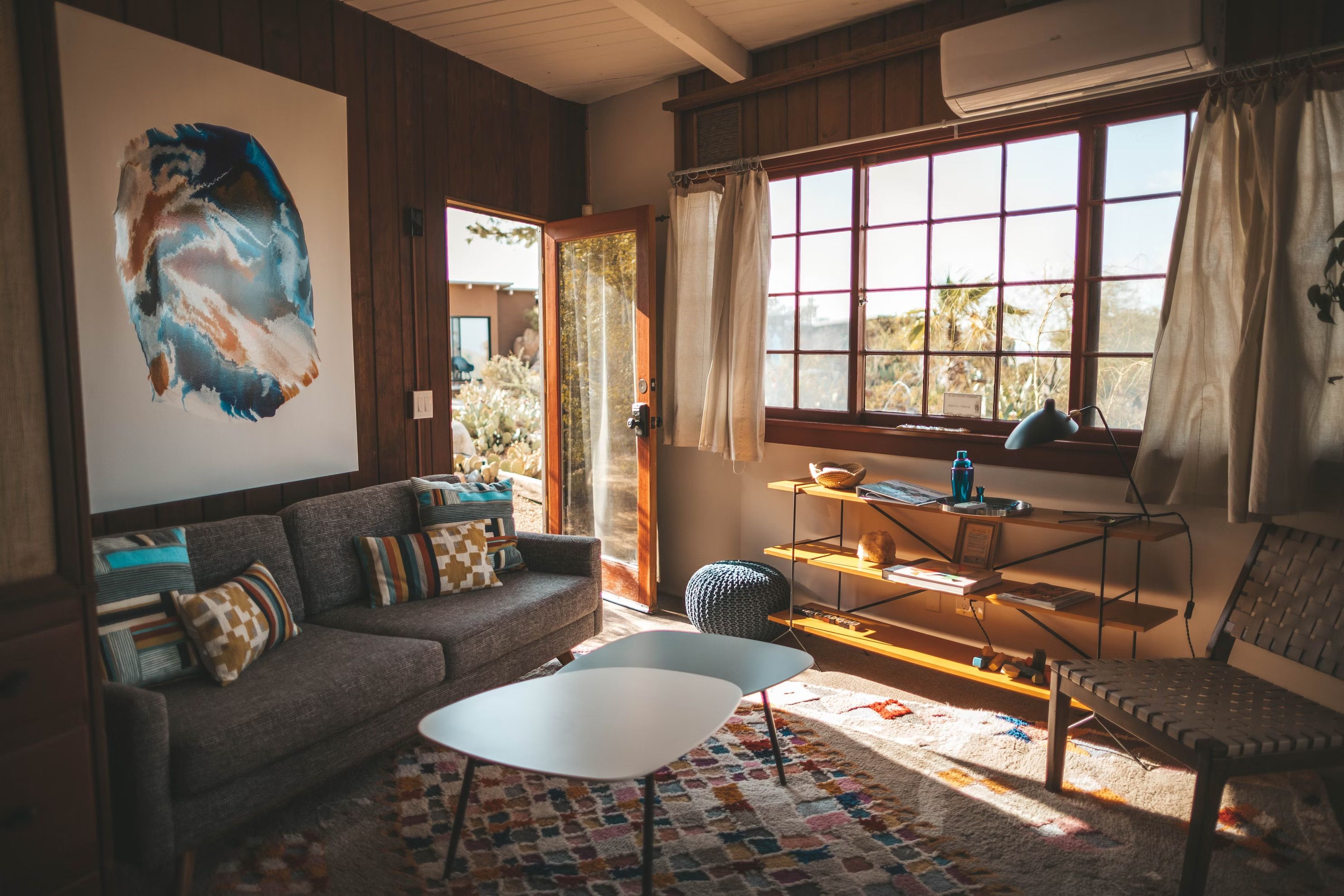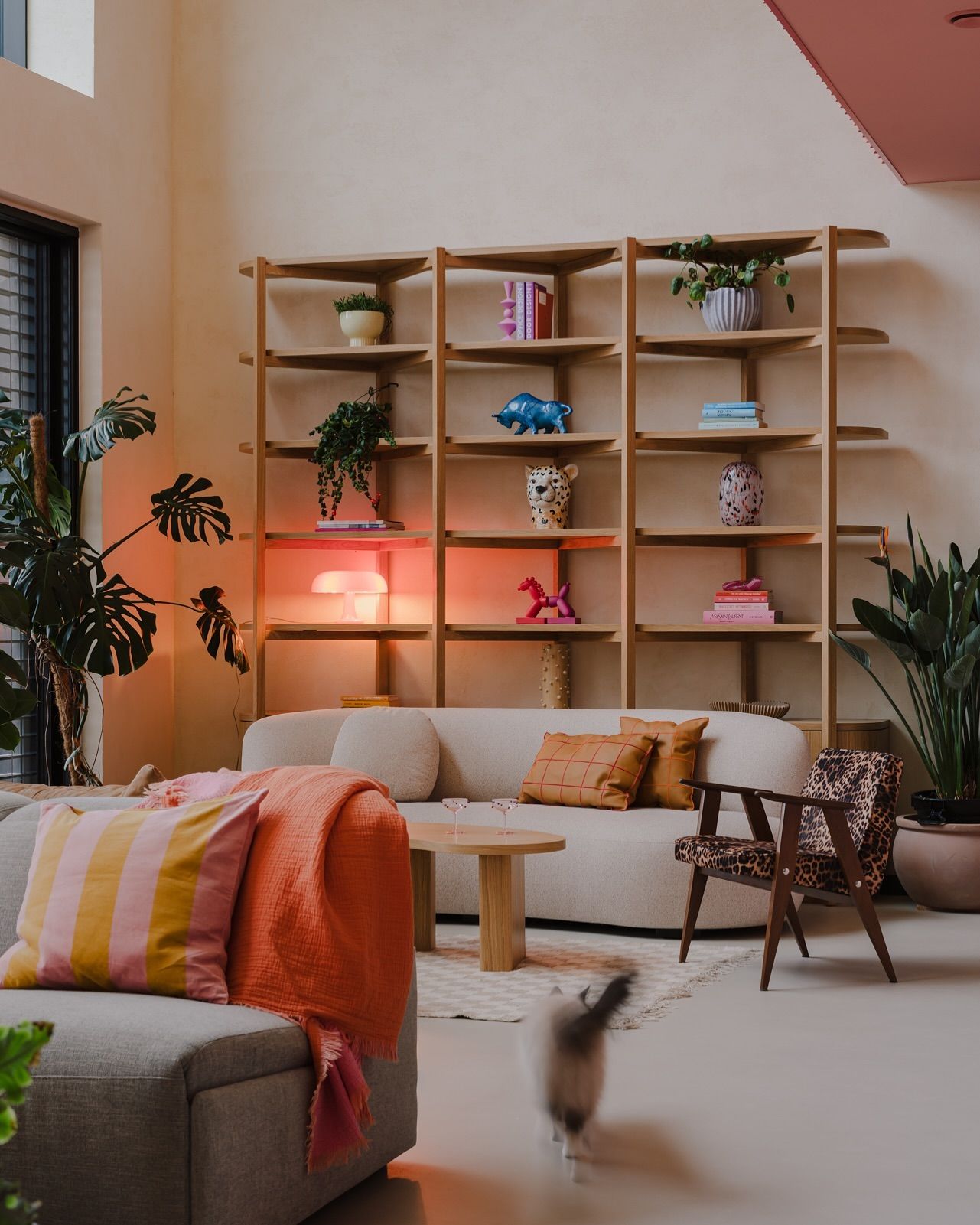Discover Molding & Millwork
Spoken matches molding and millwork across 100s of stores to find you the best price.



Quick facts
Can't find the answer you're looking for? Please get in touch with our friendly team.
What is a moulding in carpentry?
A moulding in carpentry is a decorative strip of material used to enhance the appearance of furniture and interiors. It can be found around doors, windows, and ceilings, and comes in various styles, such as crown, baseboard, and chair rail, adding elegance and detail to spaces.
What is molding in construction terms?
Molding in construction refers to decorative trim used to enhance the appearance of walls, ceilings, and furniture. Common types include crown molding, baseboards, and casing. Molding can be made from various materials like wood, plaster, or polyurethane, adding style and character to interior spaces.
What is an example of millwork design?
An example of millwork design is custom cabinetry in a kitchen. This includes built-in shelves, decorative moldings, and unique door styles that enhance both functionality and aesthetics, providing a cohesive look that complements the overall interior design of the home.
What is considered moulding?
Moulding refers to decorative trim used in interior design to enhance the aesthetic of a room. It includes elements like crown moulding, baseboards, and chair rails, typically made from wood or composite materials. Moulding can add character and elegance to furniture and wall designs.
What is another name for millwork?
Another name for millwork is 'architectural woodwork.' This term refers to custom-built wooden products like moldings, trim, and cabinetry used in homes and buildings, enhancing both functionality and aesthetic appeal.
What is considered millwork?
Millwork refers to any woodwork produced in a mill, including items like moldings, trim, doors, windows, and cabinetry. These elements are often used in home construction and interior design to enhance aesthetics and functionality, contributing to the overall decor of a space.
What is the difference between trim and molding?
Trim refers to the finishing elements that enhance the look of a room, such as baseboards or window casings. Molding is a type of trim that has a decorative profile, like crown molding or chair rails, adding architectural detail to walls and ceilings.
What is millwork at Lowes?
Millwork at Lowes refers to custom woodwork products such as moldings, trim, and cabinetry. These products enhance the aesthetic appeal of homes and can be used for both functional and decorative purposes. Lowes offers a variety of styles and materials to suit different interior designs.
What is the difference between trim and millwork?
Trim refers to the finishing pieces used to cover gaps and add detail around doors, windows, and floors, like baseboards and crown molding. Millwork, on the other hand, encompasses all woodwork in a building, including trim, cabinetry, and architectural features, often custom-made.
What is Moulding and millwork?
Moulding refers to decorative trim used to enhance the appearance of walls, ceilings, and furniture. Millwork encompasses custom woodwork, including doors, windows, and cabinetry. Together, they add character and style to home interiors, making them essential elements in interior design.
What is the trend in baseboards in 2024?
In 2024, baseboards are trending towards minimalist designs with clean lines and lower profiles. Popular materials include MDF and wood with matte finishes. Additionally, bold colors are gaining popularity, allowing baseboards to become a statement feature in modern interiors.
Category Overview
Introduction
Molding and millwork play a pivotal role in the aesthetics and functionality of your home, acting as the finishing touches that elevate everyday living spaces. From crown moldings that add elegance to a dining room to baseboards that provide a polished look in your living area, these elements enhance comfort, utility, and decor. They serve not only as decorative accents but also as structural components that help define spaces, making them essential for creating inviting environments where you can relax and enjoy life.
Functionality
The primary functions of molding and millwork include enhancing the visual appeal of rooms while serving practical purposes like covering seams or joints between walls and ceilings or floors. In different contexts—such as ornate trim in a formal dining room or simpler moldings in a minimalist kitchen—they offer versatility across various styles. Unique features can also be found; for instance, some wood panels can be designed to offer insulation benefits, while others may incorporate hidden storage solutions for small spaces.
Design & Style
Molding and millwork come in a variety of styles and materials, with options ranging from classic hardwoods to modern composites. You might find traditional crown moldings made from pine or more contemporary materials like MDF (Medium Density Fiberboard) that allow smooth finishes ideal for sleek designs. The variations are endless: farmhouse-style shiplap brings rustic charm, while clean-lined millwork suits modern tastes perfectly. By choosing appropriate finishes and colors—like white shiplap against rich wood tones—you can personalize these elements to fit themes such as modern industrial or bohemian chic.
Practical Considerations
When selecting molding and millwork, consider the size of your rooms alongside the material's durability based on usage needs. For high-traffic areas like hallways, opt for robust materials that withstand wear over time—think durable woods or painted finishes that conceal scuffs easily. Common mistakes often include underestimating proportions; choose sizes that harmonize with your space rather than overwhelm it. Additionally, think about how these features will complement your existing decor to maximize functionality without clashing stylistically.
Comparison and Alternatives
Materials used in molding and millwork each have their pros and cons: wood offers natural beauty but requires maintenance; whereas metal provides durability without compromising on sleek aesthetics but may lack warmth. When deciding between round versus rectangular profiles for framing windows or doors, consider how each shape interacts with light and space; round edges can soften hard corners while rectangular lines offer structure.
Trends and Popular Items
Currently trending are designs inspired by mid-century modern aesthetics; think streamlined moldings that emphasize open spaces rather than intricate designs cluttering up surfaces—a nod toward minimalism that's captivating many homeowners today. Popular items include reclaimed wood trims adding character to new builds or painted moldings stylishly contrasting brighter color palettes throughout home interiors. Integrating quality molding and millwork into your space is an opportunity not just to beautify but also to personalize your home's ambiance uniquely—making it truly yours!